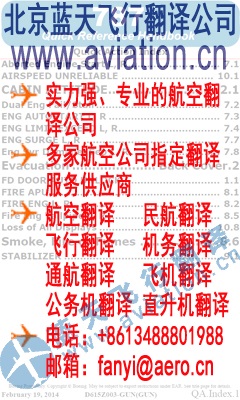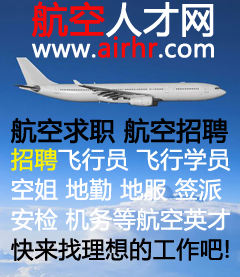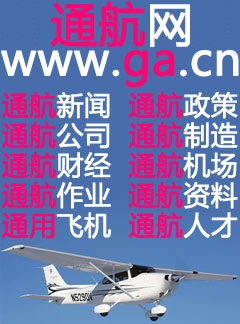|
曝光台 注意防骗 网曝天猫店富美金盛家居专营店坑蒙拐骗欺诈消费者
Experimental Motion Research. Many previous experiments have contributed toward the development of motion-fidelity requirements. Although some of the data from these previous studies may be correlated, differences in visual and motion systems, tasks, and vehicle dynamics typically prevent the consistent understanding and development of motion-fidelity criteria. Below, key results of both rotational and translational experiments are presented. Experimental Rotational Criteria. Stapleford et al. examined the effects of roll and roll-lateral motion on a pilot’s ability to track a target during a disturbance (ref. 26). Using both a tracking and a disturbance input, some key aspects of how the pilot closes the visual and motion feedback loops were presented. They suggested that angular cues be accurate in the 0.5–10 rad/sec range; however, “accurate” was not precisely defined. Bergeron evaluated the effects of attenuating only the motion filter gain in the angular degrees of freedom (ref. 38). For the highly stabilized vehicle that was simulated, the results suggested that motion has no effect on the performance of single-axis stabilization tasks. Motion effects became evident only when simultaneous control of two angular axes was required. Presenting as little as 25% of the full motion produced results comparable to those for full motion. In the Netherlands, van Gool suggested that second-order pitch and roll high-pass filters with break frequencies of 0.5 rad/sec appear adequate (ref. 39). This result was for stabilizing the pitch and roll attitude of a DC-9 on approach. Both the high-frequency gain and damping ratio of the motion filter were unity in all of van Gool’s motion configurations. Cooper and Howlett examined five tasks with a helicopter model in an attempt to determine motion fidelity require-ments for a particular six-degrees-of-freedom hexapod motion platform (ref. 40). They made the point that to achieve maximum results from a simulator, the structure and values of the high-pass motion filters need to be tailored for the task while staying within the platform excursion limits. Although motion amplitude can be reduced by either reducing the motion filter gain or the time-constant, their experience had been that it was better to use the combination of both rather than reducing only the time-constant. Their tentative conclusion was that it was best to use a gain of 0.8 in pitch and roll with a time-constant of 4 sec. Using a fixed-wing model, the effects of roll-only motion were examined by Jex et al. (ref. 41). Their recommenda-tion was to provide the pilot with accurate roll-rate motion cues at frequencies above 0.5–1.0 rad/sec with a first-order high-pass filter. A filter time-constant of 2–3 sec was recommended. Here, the word “accurate” included the allowance of a 0.5–0.7 gain on the filter. Not providing the initial full roll-rate cue was deemed acceptable. Shirachi and Shirley used a model of a Boeing 367 transport for a disturbance-rejection task in roll (ref. 42). The simulator motion platform had sufficient lateral translational displacement to coordinate the rolling maneuvers. The results suggested that if the high-frequency gain on the roll high-pass filter was lower than about 0.5 performance would approach that of no motion. 直升机网 www.helicopter.cn 直升机翻译 www.aviation.cn 本文链接地址:Helicopter Flight Simulation Motion Platform Requirements(11) |




